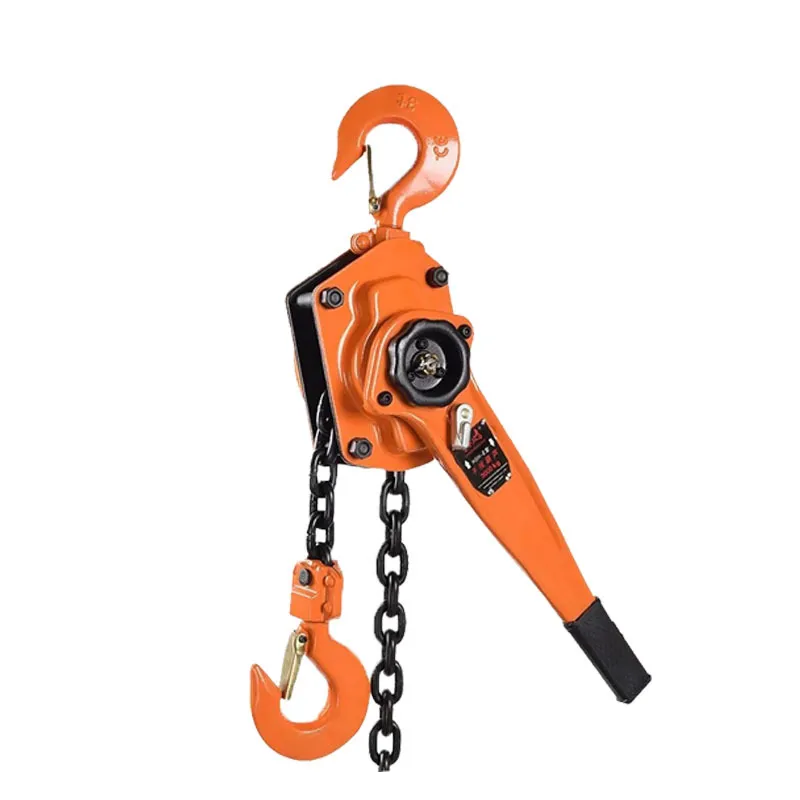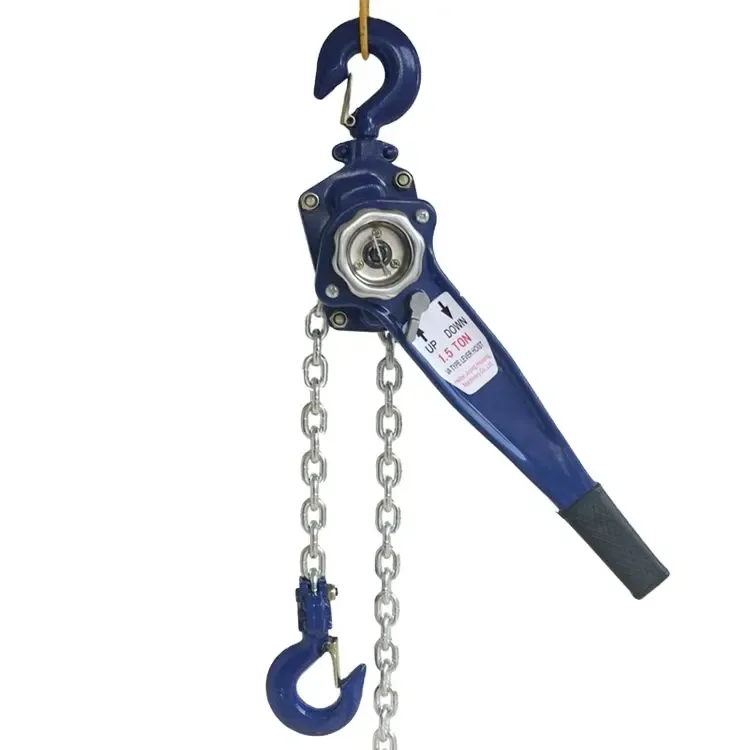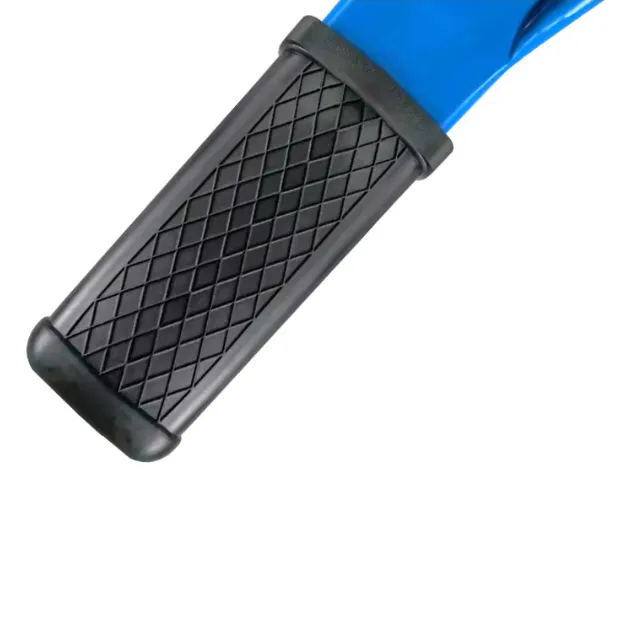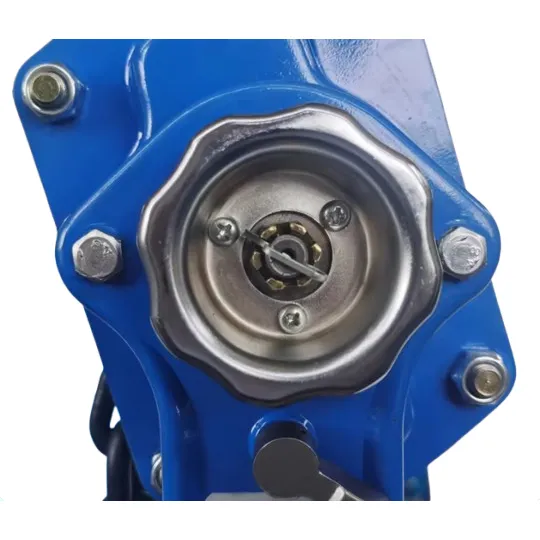
-
 Afrikaans
Afrikaans -
 Albanian
Albanian -
 Amharic
Amharic -
 Arabic
Arabic -
 Armenian
Armenian -
 Azerbaijani
Azerbaijani -
 Basque
Basque -
 Belarusian
Belarusian -
 Bengali
Bengali -
 Bosnian
Bosnian -
 Bulgarian
Bulgarian -
 Catalan
Catalan -
 Cebuano
Cebuano -
 Corsican
Corsican -
 Croatian
Croatian -
 Czech
Czech -
 Danish
Danish -
 Dutch
Dutch -
 English
English -
 Esperanto
Esperanto -
 Estonian
Estonian -
 Finnish
Finnish -
 French
French -
 Frisian
Frisian -
 Galician
Galician -
 Georgian
Georgian -
 German
German -
 Greek
Greek -
 Gujarati
Gujarati -
 Haitian Creole
Haitian Creole -
 hausa
hausa -
 hawaiian
hawaiian -
 Hebrew
Hebrew -
 Hindi
Hindi -
 Miao
Miao -
 Hungarian
Hungarian -
 Icelandic
Icelandic -
 igbo
igbo -
 Indonesian
Indonesian -
 irish
irish -
 Italian
Italian -
 Japanese
Japanese -
 Javanese
Javanese -
 Kannada
Kannada -
 kazakh
kazakh -
 Khmer
Khmer -
 Rwandese
Rwandese -
 Korean
Korean -
 Kurdish
Kurdish -
 Kyrgyz
Kyrgyz -
 Lao
Lao -
 Latin
Latin -
 Latvian
Latvian -
 Lithuanian
Lithuanian -
 Luxembourgish
Luxembourgish -
 Macedonian
Macedonian -
 Malgashi
Malgashi -
 Malay
Malay -
 Malayalam
Malayalam -
 Maltese
Maltese -
 Maori
Maori -
 Marathi
Marathi -
 Mongolian
Mongolian -
 Myanmar
Myanmar -
 Nepali
Nepali -
 Norwegian
Norwegian -
 Norwegian
Norwegian -
 Occitan
Occitan -
 Pashto
Pashto -
 Persian
Persian -
 Polish
Polish -
 Portuguese
Portuguese -
 Punjabi
Punjabi -
 Romanian
Romanian -
 Russian
Russian -
 Samoan
Samoan -
 Scottish Gaelic
Scottish Gaelic -
 Serbian
Serbian -
 Sesotho
Sesotho -
 Shona
Shona -
 Sindhi
Sindhi -
 Sinhala
Sinhala -
 Slovak
Slovak -
 Slovenian
Slovenian -
 Somali
Somali -
 Spanish
Spanish -
 Sundanese
Sundanese -
 Swahili
Swahili -
 Swedish
Swedish -
 Tagalog
Tagalog -
 Tajik
Tajik -
 Tamil
Tamil -
 Tatar
Tatar -
 Telugu
Telugu -
 Thai
Thai -
 Turkish
Turkish -
 Turkmen
Turkmen -
 Ukrainian
Ukrainian -
 Urdu
Urdu -
 Uighur
Uighur -
 Uzbek
Uzbek -
 Vietnamese
Vietnamese -
 Welsh
Welsh -
 Bantu
Bantu -
 Yiddish
Yiddish -
 Yoruba
Yoruba -
 Zulu
Zulu


Jul . 29, 2025 16:00 Back to list
High-Quality Lever Hoist – Durable, Safe, and Easy Operation
Lever hoist devices, often referred to as ratchet lift, lever block chain hoist, ratchet lever, and pull lift chain hoist, are mechanical lifting solutions widely used across industries including petrochemical, metallurgy, water supply, logistics, manufacturing, and construction. This comprehensive guide explores industry trends, engineering parameters, application scenarios, technological advantages, leading manufacturer comparison, customized solutions, and showcases real-use cases.

1. Industry Trend Analysis (2024): Lever Hoist Market Overview
The global lever hoist market has seen a CAGR of 5.2% from 2019 to 2023, fueled by increases in heavy industry activity, heightened safety standards (ISO/ANSI), and growing demand for efficient, portable rigging equipment. The surge is particularly noted in Asia-Pacific (42% of global share, source), aligning with ongoing infrastructure and petrochemical expansion. Technology advances focus on alloy steel materials, anti-corrosion treatments, and lighter, ergonomic handles.
2. Engineering Parameters & Product Comparison
Below is a detailed comparison of major lever hoist types – including Manual Lever Hoist, JET Lever Chain Hoist, and Ratchet Lever Hoist – summarizing core performance and specification parameters.
| Parameter | Manual Lever Hoist | JET Lever Chain Hoist | Ratchet Lever Hoist | Lever Block Chain Hoist |
|---|---|---|---|---|
| Lifting Capacity (Ton) | 0.75 - 9 | 0.75 - 6 | 0.8 - 9 | 0.75 - 10 |
| Standard Lift (m) | 1.5 / 3 / 6 | 1.5 / 3 | 1.5 / 3 / 6 | 1.5 / 3 |
| Load Chain Diameter (mm) | 6.3 / 7.1 / 10 | 6.0 / 7.1 | 6.0 - 10 | 6.3 / 7.1 / 10 |
| Material | Alloy Steel (ISO G80 Chain) | Forged Aluminium Body, Alloy Chain | Hardened Steel/Alloy | Alloy Steel, Hardened Gears |
| Finish | Electro-plated, Powder-coated | Powder-coated | Galvanized, Painted | Zinc/Chrome Plated |
| Weight (kg) | 7.1 (1T/1.5m) | 6.8 (1T/1.5m) | 7.4 (1T/1.5m) | 7.3 (1T/1.5m) |
| Compliance | ISO 9001, ANSI B30.21 | ISO, CE | ANSI, ASME B30 | ISO, EN13157 |
| Corrosion Resistance | High (Anti-rust coating) | Medium | High (Galvanized gears) | High |
| Service Life (cycles) | >15,000 (typical) | >12,000 | >14,000 | >13,000 |
| Application | General Industry, Marine, Oil & Gas | Workshops, Rental, Light Fabrication | Mining, Construction | Utilities, Shipyards |

3. Lever Hoist Manufacturing Process: Detailed Workflow & Quality Assurance
The Manual Lever Hoist manufacturing process embodies modern mechanical engineering practices, ensuring exceptional quality, reliability, and international standards compliance.

4. Technical Advantages of Manual Lever Hoist
- Superior Alloy Chain: Utilizes G80/G100 alloy load chain (8.0-10.0mm dia.), up to 25% greater fatigue life than traditional chains.
- Anti-Corrosion Surface Treatment: Powder-coated, electrolytic or galvanized finishes extend lifetime, certified for salt spray >180 hours (ASTM B117).
- Precision Ratchet Mechanism: Minimal operation force (as little as 3% of load), ideal for confined space rigging.
- 360° Swivel Hook: Prevents kinking/twist of lift chains during use.
- Fail-Safe Brake System: Unique disc brake combines mechanical and friction brakes for safety redundancy.
- Compact Ergonomic Handle: Reduces hand fatigue, increases operator comfort, meets EN ergonomic tests.

5. Lever Hoist Applications & Case Studies
- Petrochemical: Used for pipeline installation/maintenance; acid-resistant coatings enable operation in corrosive gas environments.
- Metallurgy/Steel Mills: Precise ladle positioning and equipment shift tasks; enduring high temperature and abrasive dust due to robust gear mechanisms.
- Water Supply & Treatment: Pump installation and gate lifting—lever hoist excels with waterproof sealed bearings for submerged operation.
- Construction: Rebar assembly, lifting prefabricated units; compact housing fits tight spaces.
- Logistics & Warehouse: Loading/unloading container111s, dock equipment adjustment.
- Marine/Offshore: Chain hoists with special marine coatings withstand saltwater corrosion, up to 5 years certified lifetime.

During 2023, RigOne adopted 60 sets of Manual Lever Hoist (2T/6m) for subsea valve installation and periodic maintenance. The product’s stainless load chain, double-sealed bearings, and anti-corrosion finish enabled 98% uptime during 6-month salt spray cycles. Independent inspection by SGS verified no abnormal wear (chain elongation <0.6mm after 8000 cycles; SGS Report).
6. Manufacturer Comparison & Customization Capabilities
When selecting a lever hoist supplier, the following international brands and parameters should be considered:
| Brand | Main Material | Standard Capacity (T) | Certifications | Customization Support | Warranty |
|---|---|---|---|---|---|
| BILO (Manual Lever Hoist) | Alloy Steel, G80 Chain | 0.75 ~ 9 | ISO 9001, CE, SGS | Yes, OEM/ODM | 18 months |
| JET | Alloy, Forged Body | 0.75 ~ 6 | ISO, ANSI, CSA | Partial | 12 months |
| KITO | Nickel-Plated Chain | 0.8 ~ 9 | CE, ISO | Yes | 12 months |
| Yale | Hardened Steel | 0.75 ~ 9 | EN, ISO | Yes | Up to 18 months |
- Load capacities from 0.5 to 20 tons
- Chain length: up to 30m
- Corrosion-resistant coatings (marine, acid-proof, oil-field customizations)
- Handle length/ergonomics adapted for specific environments
- Attachment (shackle, hook types), color & branding
- Manual/automatic brake system selection
7. Service, Delivery Cycle & Warranty Information
- Delivery Lead Time: 10-20 days for standard models; 21-28 days for custom/large orders.
- Warranty: 18 months against material or manufacturing defects (excluding wear parts).
- Support: Onsite commissioning, technical advice, user training, ISO-compliant documentation.
- Quality Assurance: Each Manual Lever Hoist supplied with serial numbers, traceable test certificates (EN/ANSI reports on request).
8. FAQ: Key Professional Questions
9. Customer Feedback & Industry Recognition
Client testimonials and third-party audits confirm Manual Lever Hoist’s performance, durability, and compliance:
- “Excellent reliability, even after thousands of cycles in salty offshore conditions.” — Offshore Supervisor, North Sea
- “Calibration and ISO-compliant paperwork was critical for our refinery.” — Quality Lead, Petrochemical Plant
—Lifting Equipment Engineering Journal, 2023
10. Further Reading & References
- Industry standards: ISO 3077:2021, ASME B30.21, OSHA Regulations
- Industry forum: Cranes & Lifting Engineering Forum
- Peer-reviewed article: Manual Lever Hoist Buying Guide
Latest news
What Are Construction Tools and How Are They Used?
NewsJul.11,2025
Professional-Grade Duct Rodding Tools for Superior Cable Installation
NewsJul.11,2025
Enhancing Safety and Efficiency with Modern Hot Stick Solutions
NewsJul.11,2025
Empowering Cable Installation with Advanced Rodder Solutions
NewsJul.11,2025
Elevate Your Cable Installation Projects with Cable Pulling Tools
NewsJul.11,2025
Efficient Cable Handling Solutions: Cable Rollers for Sale
NewsJul.11,2025











